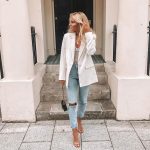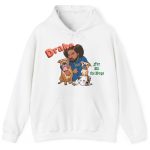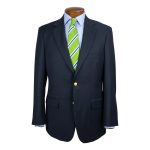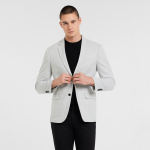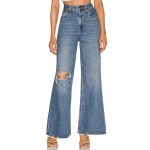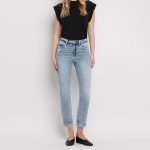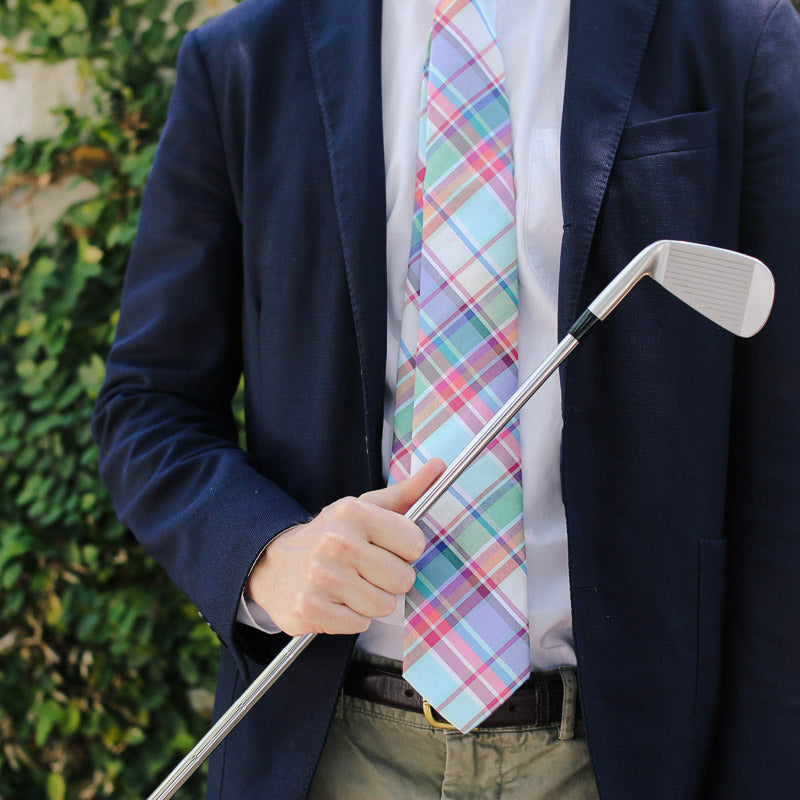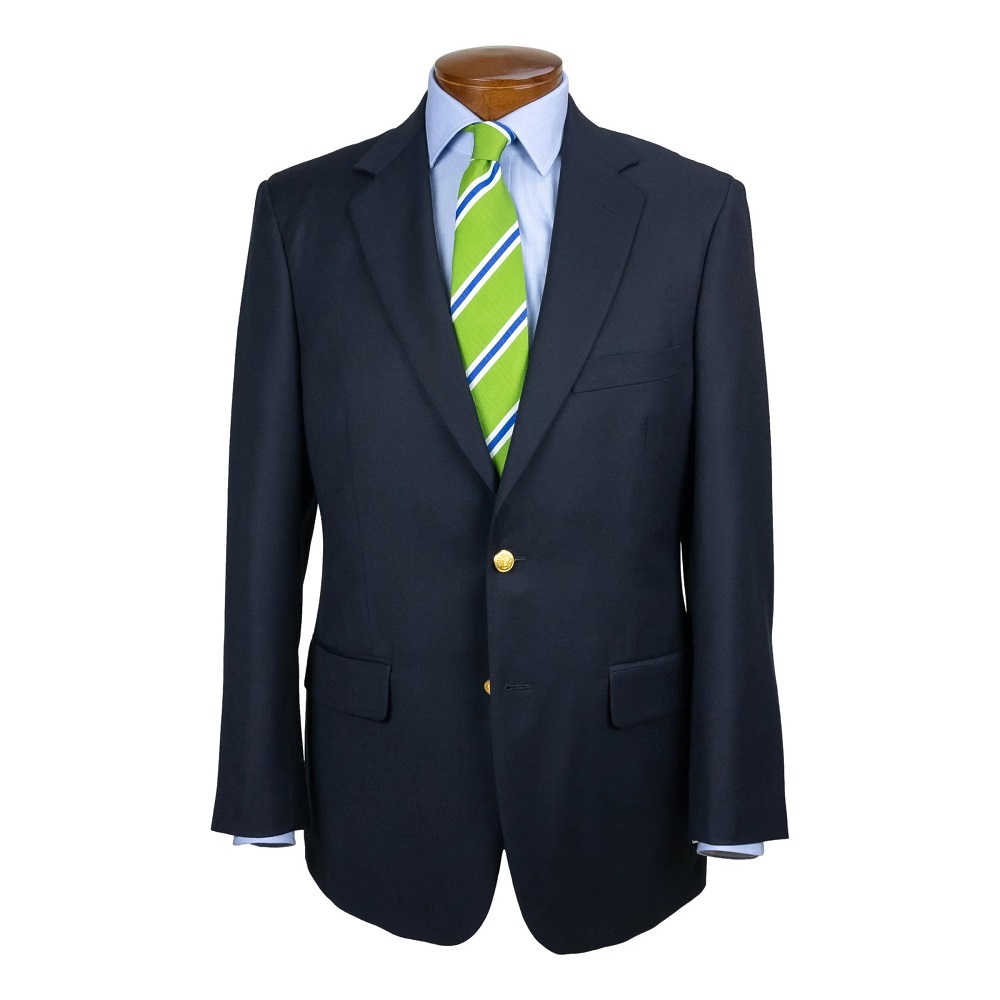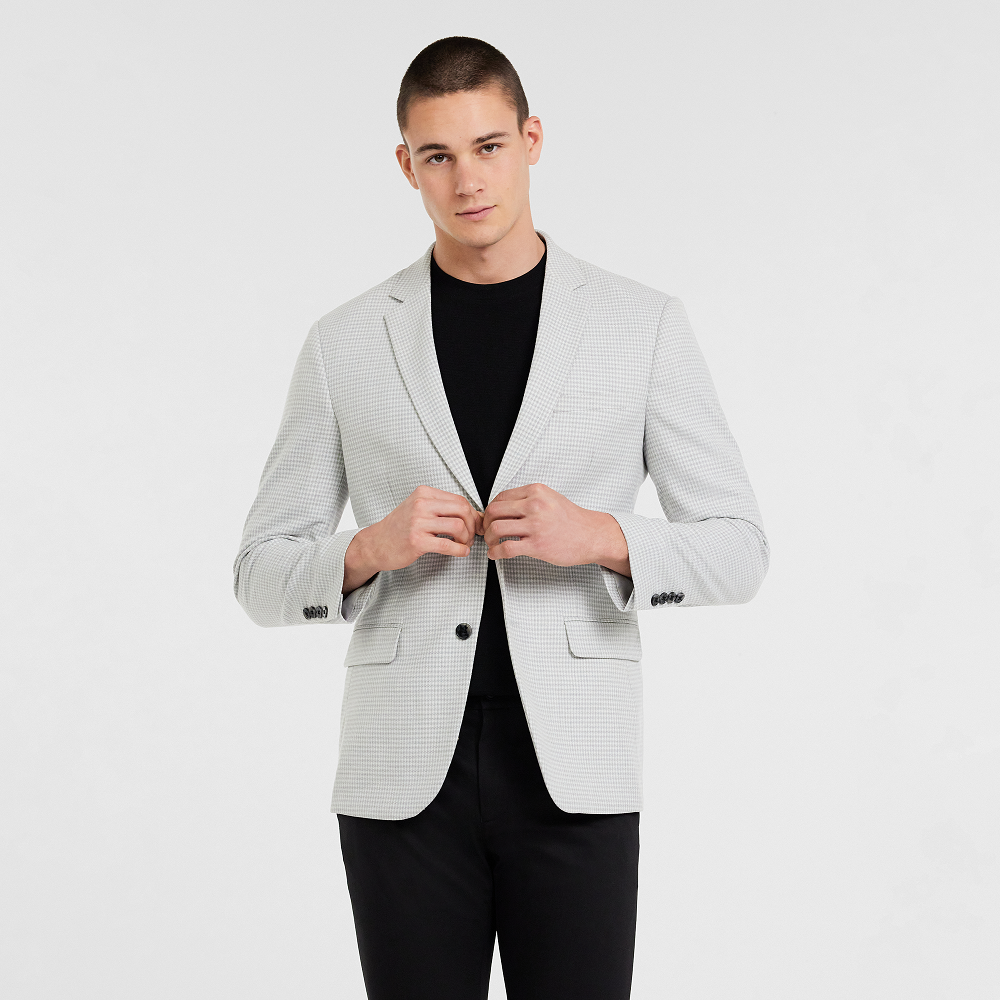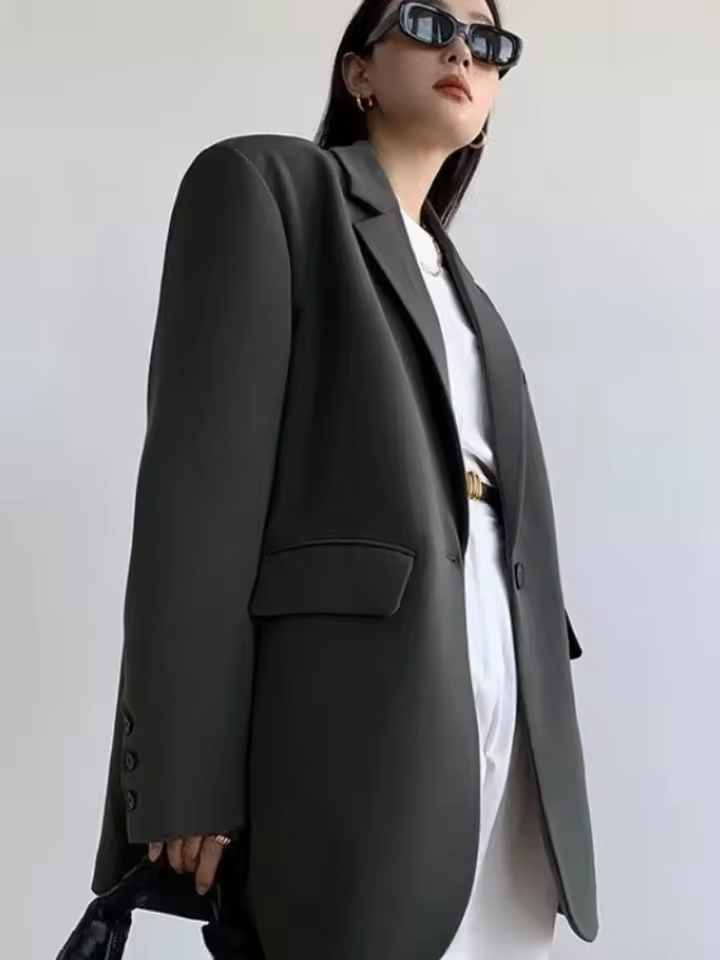What is a Blazer?
A blazer is a timeless wardrobe essential. It’s versatile, stylish, and perfect for many occasions. The blazer sits between casual and formal wear, making it unique in men’s and women’s fashion. Blazer vs sport coat distinct origins and features distinguish it from other types of jackets like the sport coat. Let’s explore more about this classic piece.
History and Origin of Blazers
Blazers date back to 19th-century England. Their name originates from the “blazing red” jackets worn by the Lady Margaret Boat Club at St. John’s College, Cambridge. Later, British navy officers adopted a darker, tailored version. Over time, blazers evolved into stylish items for semi-formal and formal wear worldwide.
Key Features of a Blazer
Blazers typically have structured shoulders and a tailored fit. They often feature metal or fabric buttons, giving them a more formal appearance than a sport coat. Blazers are available in solid colors or subtle patterns, such as pinstripes. Fabrics like wool, cashmere, and blended synthetics are commonly used.
Common Occasions to Wear a Blazer
Blazers work well for semi-formal settings. They are ideal for business casual events, dinners, or networking gatherings. Pair a blazer with tailored trousers for a polished look. They also suit smart-casual occasions, such as date nights or family lunches. Depending on the color and material, a blazer can be a go-to choice for many outfit combinations.
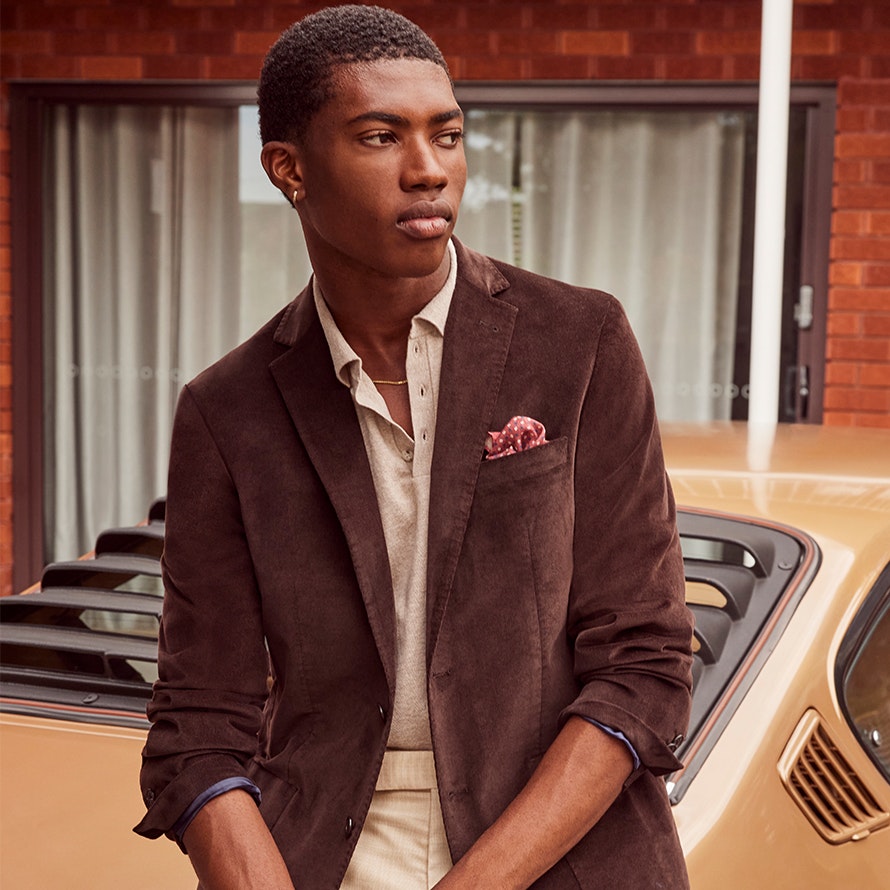
What is a Sport Coat?
A sport coat is another cornerstone of classic men’s fashion. It stands out for its casual charm and adaptability. Unlike blazers, sport coats are less formal and more relaxed, making them suitable for various occasions. Let’s explore its origin, key features, and ideal use.
History and Origin of Sport Coats
Sport coats originated in 19th-century England as practical attire for outdoor activities like hunting or horseback riding. Initially, these garments featured durable fabrics such as tweed, designed to withstand rugged conditions. Over time, sport coats evolved from functional outdoor wear into fashionable staples for casual or semi-formal events.
Key Features of a Sport Coat
Sport coats are known for their variety of designs and textures. They often feature bolder patterns like checks or herringbone, making them stand out compared to blazers. The fit is slightly more relaxed, and the material may include tweed, cotton, linen, or blends. Unlike blazers, sport coats generally have substitute buttons and patch pockets, emphasizing their laid-back appeal.
When to Wear a Sport Coat
Sport coats are well-suited for casual outings, such as brunches, garden parties, or weekend gatherings. They are also excellent for semi-formal events, offering a polished yet comfortable look. Pairing a sport coat with chinos or dark jeaans can deliver a refined, stylish appearance. By choosing the right design and fabric, a sport coat can transition smoothly across different looks.
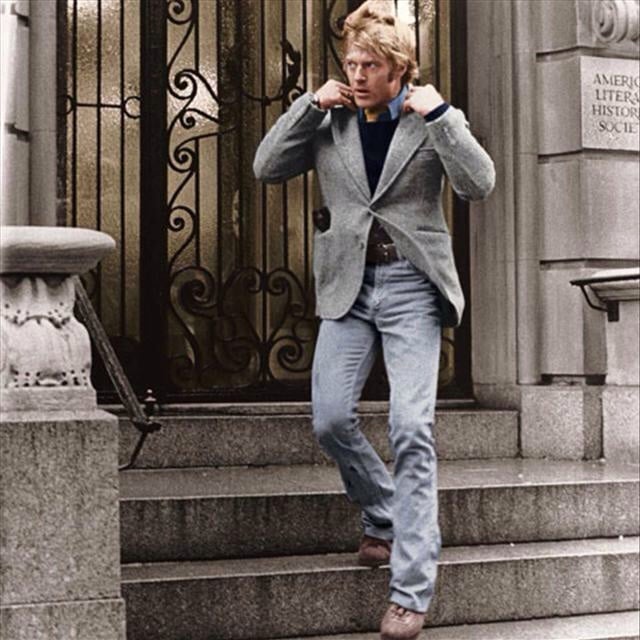
Main Differences Between a Blazer and a Sport Coat
Blazer vs sport coat differ in several key aspects like fabric, design, formality, and versatility. Understanding these differences helps you make the right choice for each occasion.
Fabric and Material Used
Blazers are often made from refined materials like wool, cashmere, and blends. They exhibit a polished look suitable for semi-formal or formal events. Sport coats typically use rugged fabrics such as tweed, linen, or cotton. These textures emphasize durability and casual appeal.
Design and Structure Variations
Blazers feature structured shoulders, streamlined cuts, and typically have metal or fabric buttons. They come in solid colors or subtle patterns. Sport coats, on the other hand, offer relaxed fits and showcase bolder designs like checks or herringbone. Patch pockets and substitute buttons enhance a sport coat’s laid-back appearance.
Formality Levels
Blazers maintain a semi-formal to formal vibe, ideal for business casual settings or dinners. Sport coats lean towards casual and semi-formal occasions, blending style with comfort. The inherent formality of a blazer makes it more versatile for upscale gatherings.
Versatility and Usage in Different Settings
Blazers work well across various environments, from office meetings to smart-casual evenings. Their versatility is unrivaled. Sport coats excel in casual settings and outdoor events, where comfort and ease are paramount. Both pieces transition well, depending on the fabric and design chosen.
Styling Tips for Blazers
Blazers are versatile wardrobe staples that fit various styles and occasions. Whether you’re aiming for formal, business casual, or smart-casual looks, the right pairing can elevate your outfit. Below are practical guidelines for styling a blazer to create impactful ensembles.
How to Pair Blazers with Different Outfits
- Formal Look: Pair a blazer with tailored trousers and a crisp dress shirt. Add a tie for extra polish.
- Business Casual: Match a blazer with chinos and a solid or patterned button-down shirt. Skip the tie for a relaxed vibe.
- Smart-Casual: Wear a blazer with dark jeans and a plain t-shirt or knit sweater. This balances stylish and laid-back.
- Seasonal Styling: Choose lighter fabrics like linen for summer outfits, and heavier options like wool for winter.
- Patterns and Colors: Solid or neutral blazers are versatile, while subtle patterns like pinstripes can add character.
- Layering Options: Pair a blazer with a lightweight sweater or scarf for chilly weather.
- Occasion Specifics: Stick to darker colors like navy or black for evening events. Think brighter tones for daytime looks.
Shoes and Accessories That Complement a Blazer
- Shoes:
- For formal occasions, opt for polished oxford or derby shoes.
- Loafers or brogues work great for business casual looks.
- Pair white sneakers with a blazer for modern, smart-casual outfits.
- Accessories:
- Add a pocket square to enhance sophistication and color coordination.
- Classic wristwatches complement blazers without overpowering the outfit.
- For colder seasons, a sleek scarf matches well with winter blazers.
- Belts:
- Match belt color to your shoes for a cohesive look.
- Avoid oversized buckles for a cleaner appearance.
- Bags:
- Choose leather briefcases for formal occasions or tote bags for a casual finish.
With the right combinations, a blazer can elevate any outfit, making it a reliable wardrobe favorite.

Styling Tips for Sport Coats
Sport coats are stylish pieces that add charm to casual and semi-formal outfits. By mixing the right clothing and accessories, you can maximize their versatility and make a strong fashion statement.
Sport Coat Pairing Ideas for Casual and Semi-Formal Looks
- Casual Pairing: Pair a tweed or cotton sport coat with dark jeans or chinos. A simple crewneck t-shirt or a casual button-down shirt works well underneath. Finish the look with sneakers or loafers for relaxed outings.
- Semi-Formal Pairing: Opt for a linen or wool sport coat with tailored trousers and a patterned shirt. You can add a tie for extra refinement. Complement this outfit with dress shoes like oxfords or brogues.
- Cold Weather Styling: Layer your sport coat over a lightweight sweater for warmth. Darker fabrics like tweed pair nicely with scarves and boots.
- Patterns and Colors: Choose bold patterns, such as checks or herringbone, to make a statement. Neutral or earthy tones ensure versatility across occasions.
- Daytime Events: Light-colored sport coats, like beige or light gray, fit daytime activities. Pair them with light jeans or chinos.
- Seasonal Adjustment: Linen sport coats shine in summer, while tweed or wool excel in fall and winter.
Accessories That Match Well with Sport Coats
- Shoes:
- Sneakers or loafers are ideal for casual settings.
- Derby shoes or brogues elevate semi-formal outfits.
- Pocket Squares: Add a pocket square with a color or pattern that complements your shirt.
- Belts: Match your belt to your shoes for consistency. Avoid flashy designs or large buckles.
- Wristwatches: Simple leather strap watches complete a classy sport coat look.
- Bags: Choose casual bags like canvas tote bags for daytime events and leather satchel bags for polished gatherings.
- Scarves: A neutral or patterned scarf pairs well with sport coats during cooler months.
With thoughtful pairing and accessories, sport coats can transform an ordinary outfit into an elegant ensemble suitable for various occasions.
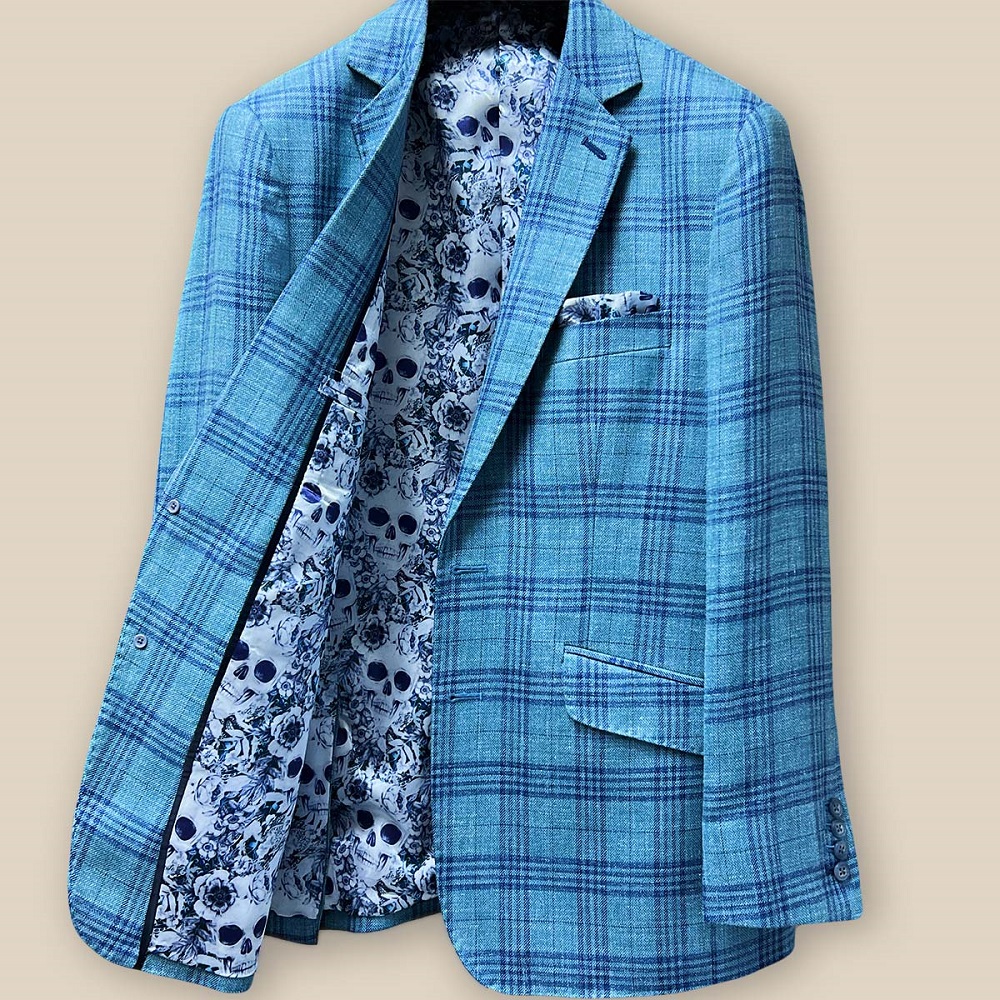
How to Choose Between a Blazer and a Sport Coat
Selecting between a blazer and a sport coat depends on several factors. Assessing occasion, fabric, and fit will help you make an informed choice. These considerations ensure the right outerwear complements your style and needs.
Factors to Consider: Occasion, Fabric, and Fit
- Occasion:
- Blazers suit formal and semi-formal events like meetings or elegant dinners.
- Sport coats excel in casual or relaxed settings like brunches or outdoor gatherings.
- Fabric:
- Blazers often feature wool, cashmere, or blends for a polished look.
- Sport coats use textured fabrics like tweed, cotton, and linen for versatility.
- Fit:
- Blazers have tailored, structured fits for sharp aesthetics.
- Sport coats offer relaxed fits, emphasizing comfort and style flexibility.
- Ensure the jacket fits snugly across your shoulders and chest.
- Patterns and Colors:
- Blazers usually come in solid colors or subtle patterns like pinstripes.
- Sport coats showcase bold patterns like checks or herringbone for visual interest.
Tips for Shopping for the Right Outerwear
- Understand Your Lifestyle:
- Choose a blazer if you frequently attend formal or upscale events.
- Opt for a sport coat for casual outings and adaptable styling.
- Prioritize Quality:
- Invest in durable fabrics that suit your climate and wear frequency.
- Look for well-made jackets with neat stitching and high-quality buttons.
- Try Before You Buy:
- Test the jacket’s fit by moving naturally while wearing it.
- Ensure the sleeves end an inch above your wrist for the perfect length.
- Budget Wisely:
- Balance cost with quality to secure a versatile piece without overspending.
- Choose Versatile Pieces:
- Neutral-colored blazers like navy or gray pair easily with different outfits.
- Select sport coats in earthy tones or bold patterns for added personality.
- Think Seasonally:
- Linen and cotton jackets are ideal for summer.
- Tweed and wool work best in cooler months.
- Seek Expert Advice:
- Consult tailors or knowledgeable shop assistants for personalized recommendations.
Focusing on your needs will simplify choosing between a blazer and sport coat. Tailored decisions deliver maximum style and functionality.
Caring for Your Blazer and Sport Coat
Proper care ensures your blazer or sport coat lasts longer. Regular maintenance also keeps it looking sharp. Below are key cleaning and storage tips to help you preserve these wardrobe staples.
Cleaning and Maintenance Tips
- Read Care Labels: Always check the jacket’s care label for cleaning instructions. Follow them closely.
- Dry Clean Only When Needed: Blazer vs sport coat should be dry cleaned sparingly to avoid fabric damage.
- Spot Clean: Remove small stains with a damp cloth immediately to prevent permanent marks.
- Use a Soft Brush: Brush off dust or dirt gently to keep the fabric clean and fresh.
- Steam for Wrinkles: Use a handheld steamer to eliminate creases without compromising the fabric.
- Avoid Washing Machines: Washing machines can ruin tailored fits and delicate materials.
- Rotate Wear: Alternate jackets to reduce excessive wear and tear on one item.
- Fresh Air Exposure: Air out jackets periodically to remove odors and prevent moisture buildup.
Storage Recommendations to Prolong Longevity
- Use Proper Hangers: Choose wide, padded hangers to maintain the jacket’s shoulder shape.
- Cover with Garment Bags: Store jackets in breathable garment bags to protect against dust and insects.
- Avoid Crowded Closets: Give your jackets space to prevent wrinkling and crushing.
- Keep Away from Sunlight: Exposure to sunlight can fade colors and weaken fabrics.
- Control Humidity: Store jackets in a cool, dry place to avoid mold or fabric deterioration.
- Seasonal Storage: For off-season jackets, clean them before storing to avoid attracting moths.
- Inspect Regularly: Check for loose threads or buttons and fix them promptly to prevent bigger issues.
Taking care of your blazer and sport coat is essential for maintaining their style and functionality.
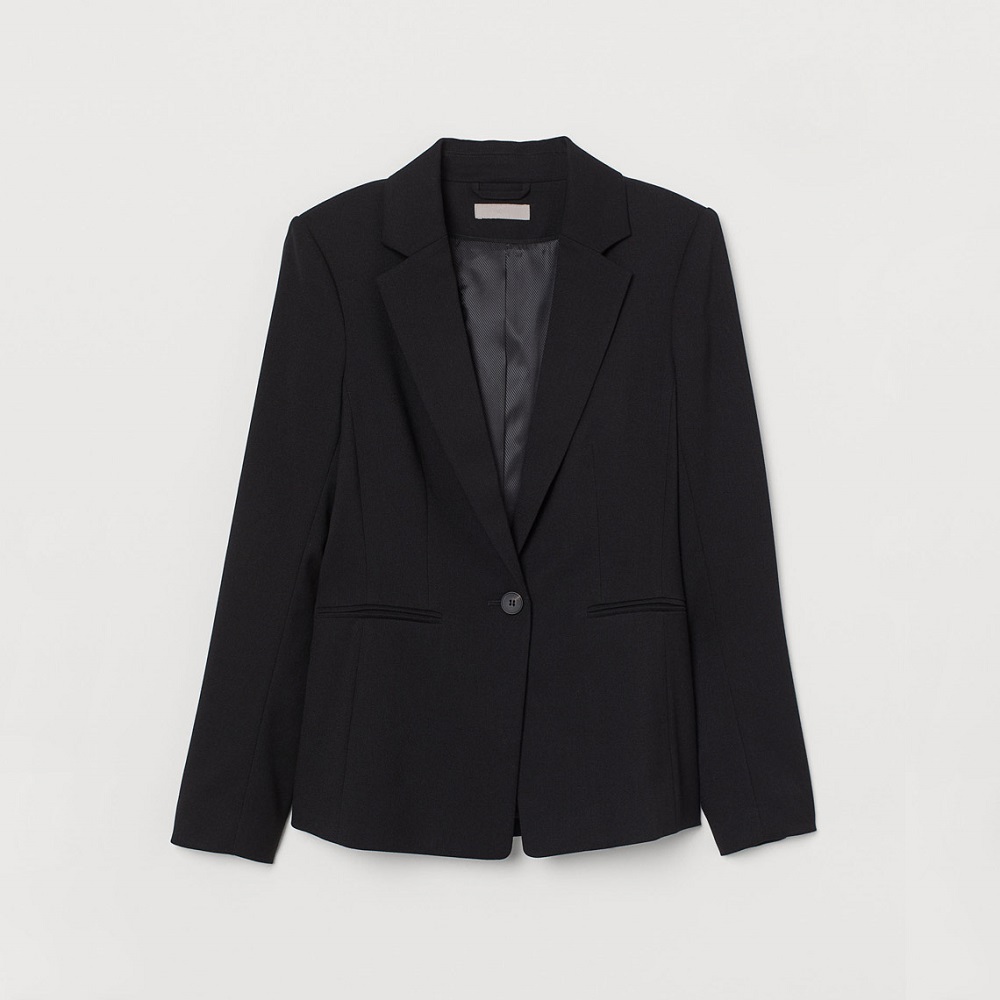
Conclusion: Finding the Right Option for Your Wardrobe
Blazer vs sport coat erve distinct yet complementary roles in your wardrobe. Choosing the right one depends on your needs and style preferences. Here’s a quick recap to help guide your decision:
- Occasion-Based Choice: Blazers are best for formal and semi-formal events, while sport coats shine in casual settings.
- Material and Design Variances: Blazers focus on refined materials like wool, while sport coats use textured fabrics like tweed and linen.
- Style and Fit: Blazers offer structured fits for polished looks. Sport coats favor relaxed fits for added comfort.
- Versatility: Both pieces transition well between settings, depending on the outfit combinations and accessories.
- Practicality: Blazers are perfect for office meetings or upscale dinners. Sport coats are ideal for weekends and outdoor events.
Ultimately, building a wardrobe that includes both blazer vs sport coat elevates your style range. With thoughtful pairing and care, these versatile pieces can help you create polished looks for any occasion. Prioritize fit, quality, and your personal needs to truly maximize their potential in your closet.
